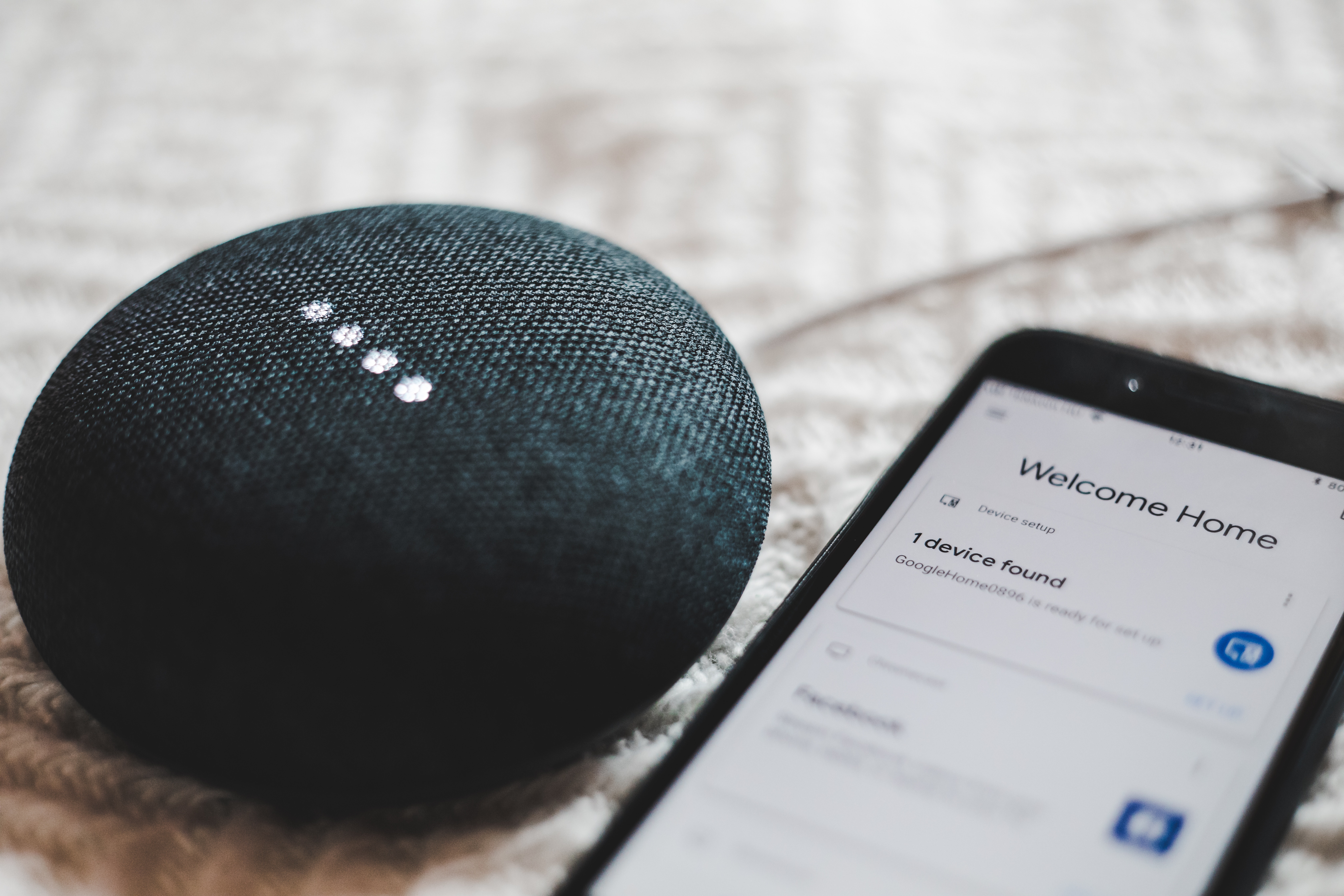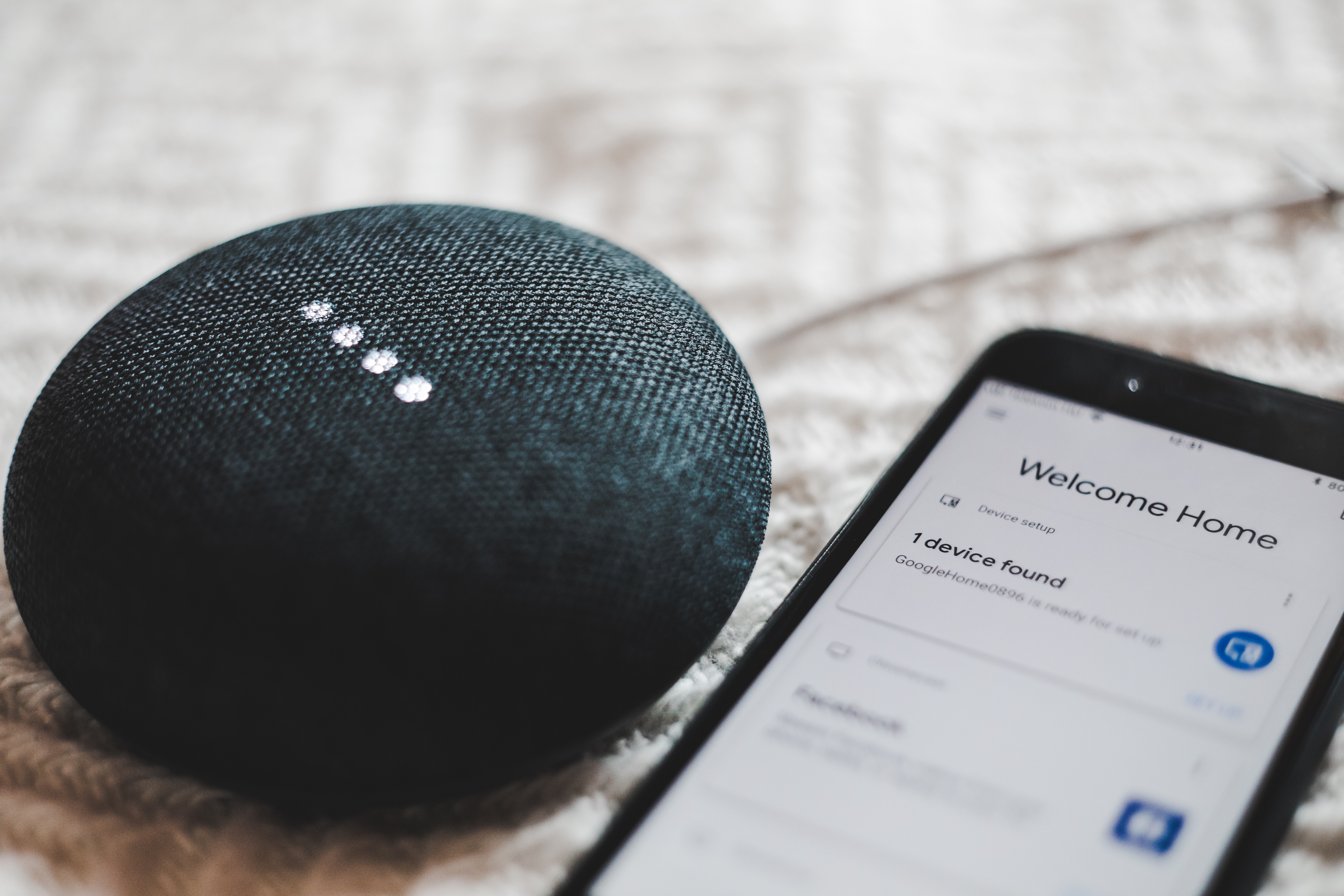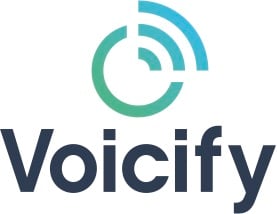





People often ask me to give them a brief, non-technical definition of "Conversational AI". And indeed, because I am passionate about this topic, I give it a try.
Conversational AI is about reducing the gulf between humans and machines. The most innate way to achieve this is through language, either in written or spoken form. The most common examples of this are Chatbots or Voice Assistants. Once our communication with machines is done in a cooperative manner beyond simple commands, we call this “Conversational AI,” where “AI” means both “Artificial” and “Augmented” intelligence. This describes the overall idea: We want to augment human capabilities in a smart way.
To picture this, think of a worker in the hospitality industry who has practiced the profession for years and ends up giving out key cards and recommending restaurants nearby. Thanks to Conversational AI, thanks to a Bot taking over these routine tasks, the receptionist can now do more sophisticated things which might need human empathy like taking care of individual guest’s needs and up-selling better rooms. The bot does what computers can do better and faster—like looking up restaurants and timetables.
In short: We want to have a world where Conversational AI works alongside humans.
Conversations can be achieved through various channels—whatever you want to name it: Cross-Channel, Multi-Channel, or Omnichannel. Indeed, there are differences, but all in all this simply describes the need to have a strategy for bi-directional communication in and across your customers’ channels of choice. And that’s for a simple reason: Users are not willing to find you anymore, to search for websites, to install apps.
This means that you need to be where your target audience is.
That’s one of the many reasons I like working with a Conversational AI Platform which is channel-agnostic. Literally, you build a conversation once and use it throughout all relevant channels. Yes, some channels support different media while others don’t and, in some aspects, even the conversation design differs.
There is a difference in what and how you communicate if you are saying something versus writing something. Therefore, your technology of choice should have a proper toolbox to deal with this. Cognigy.AI addresses this by letting you define default responses across all channels and specific ones wherever needed.
Want to say something on the VOICE blog? Submit your guest post here.




.png)

VOICE Copyright © 2018-2022 | All rights reserved: ModevNetwork LLC
